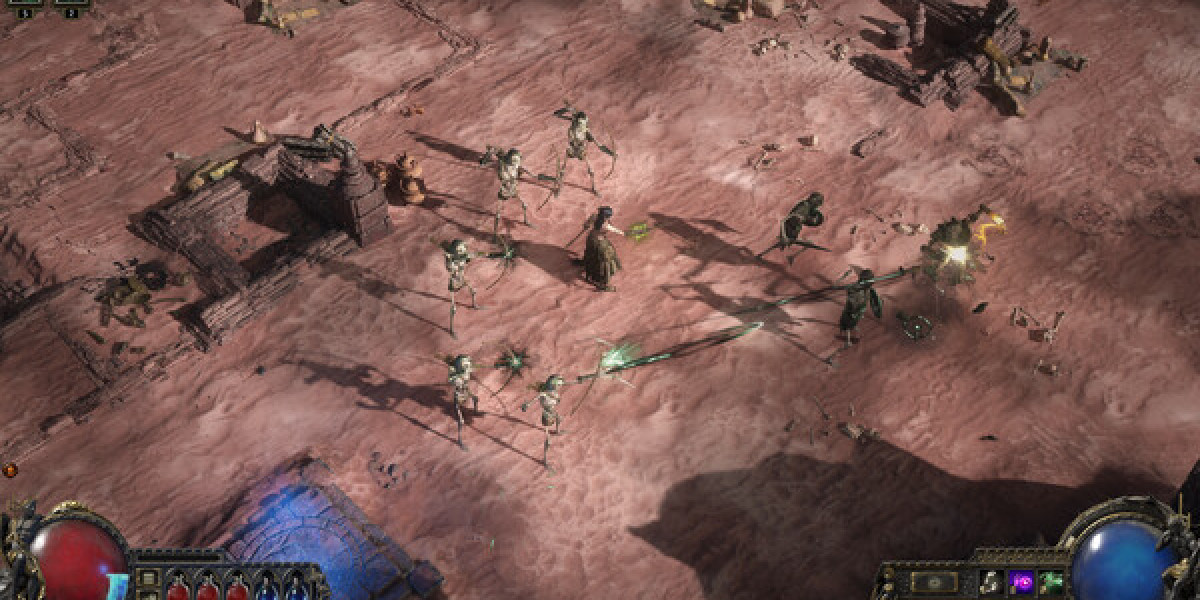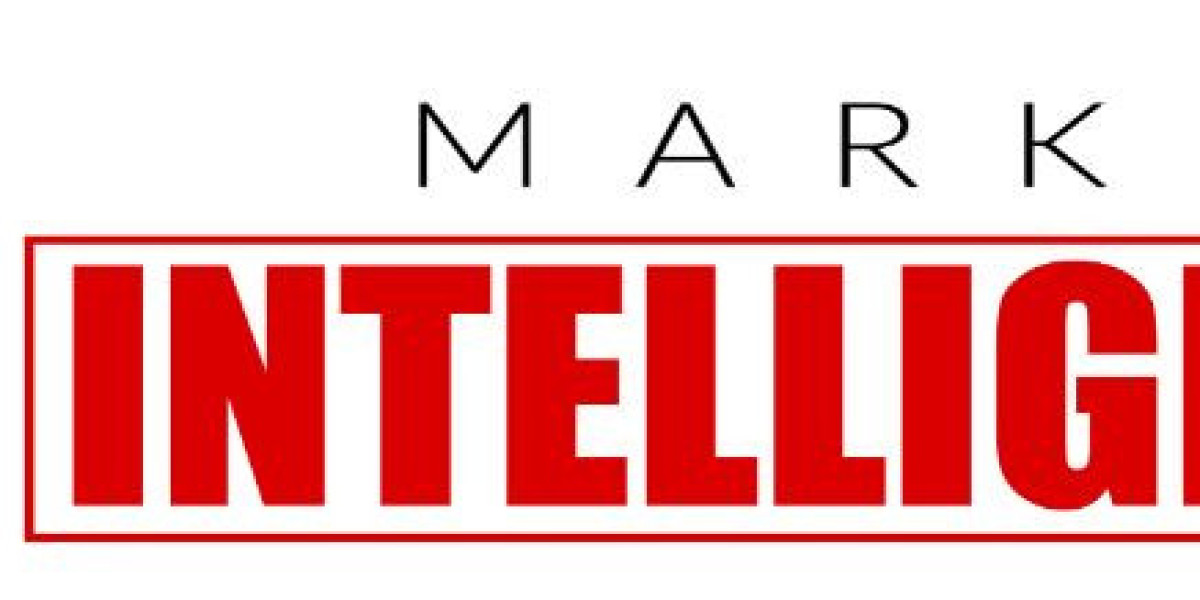In recent years, advancements in technology have transformed many sectors, and healthcare is no exception. Among the most groundbreaking innovations in neurological diagnostics is Neuromatch. This cutting-edge platform is reshaping how healthcare professionals approach the diagnosis of neurological disorders, significantly improving patient outcomes and streamlining clinical workflows.
What is Neuromatch?
Neuromatch is an advanced diagnostic tool that integrates artificial intelligence with sophisticated data analysis to enhance the identification of neurological conditions. By leveraging a vast library of neurological data, Neuromatch enables clinicians to quickly and accurately assess patients, allowing for timely intervention and treatment.
The Importance of Accurate Diagnosis
Accurate diagnosis is crucial in neurology. Neurological disorders often present with similar symptoms, making it challenging to pinpoint the underlying issue. Traditional diagnostic methods can be time-consuming and prone to human error. Neuromatch addresses these challenges by employing AI algorithms that analyze complex neural patterns and correlate them with known disorders, significantly reducing the time required for diagnosis.
How Neuromatch Works
The power of Neuromatch lies in its ability to process and interpret EEG (electroencephalogram) data with remarkable speed and accuracy. By utilizing machine learning techniques, the platform can recognize intricate patterns in brain activity, enabling clinicians to identify conditions like epilepsy, stroke, and neurodegenerative diseases swiftly.
Rapid Data Analysis: Neuromatch can analyze EEG data in seconds, providing real-time insights that empower healthcare professionals to make informed decisions.
Comprehensive Patient Data: The platform securely archives patient information, ensuring easy accessibility for healthcare providers. This feature not only streamlines the diagnostic process but also helps in tracking patient progress over time.
Customized Reporting: Neuromatch generates detailed reports tailored to each patient, offering insights that are easy for both clinicians and patients to understand. This transparency fosters better communication between healthcare providers and patients.
Enhancing Clinical Workflow
Implementing Neuromatch in clinical settings revolutionizes the workflow. By automating complex data analysis, healthcare professionals can focus more on patient care rather than administrative tasks. This efficiency leads to increased patient throughput, enabling clinics to serve more patients effectively.
The Future of Neurological Diagnostics
The impact of Neuromatch goes beyond just improving diagnosis; it paves the way for innovative treatments and therapies. By accurately diagnosing neurological disorders, healthcare providers can develop tailored treatment plans that address the specific needs of each patient. Moreover, the continuous learning aspect of AI means that Neuromatch will only get smarter, enhancing its diagnostic capabilities over time.
Conclusion
Neuromatch is at the forefront of a revolution in neurological diagnostics, offering a powerful solution that combines cutting-edge technology with human expertise. As we continue to embrace innovations like Neuromatch, the future of diagnosing and treating neurological disorders looks brighter than ever. With its ability to deliver rapid, accurate results, Neuromatch is not just transforming how we diagnose neurological conditions—it's improving the lives of countless patients around the globe.
In summary, as Neuromatch continues to evolve, its role in shaping the future of neurology is undeniable. For healthcare professionals and patients alike, this technology represents a significant leap forward in achieving better health outcomes.








